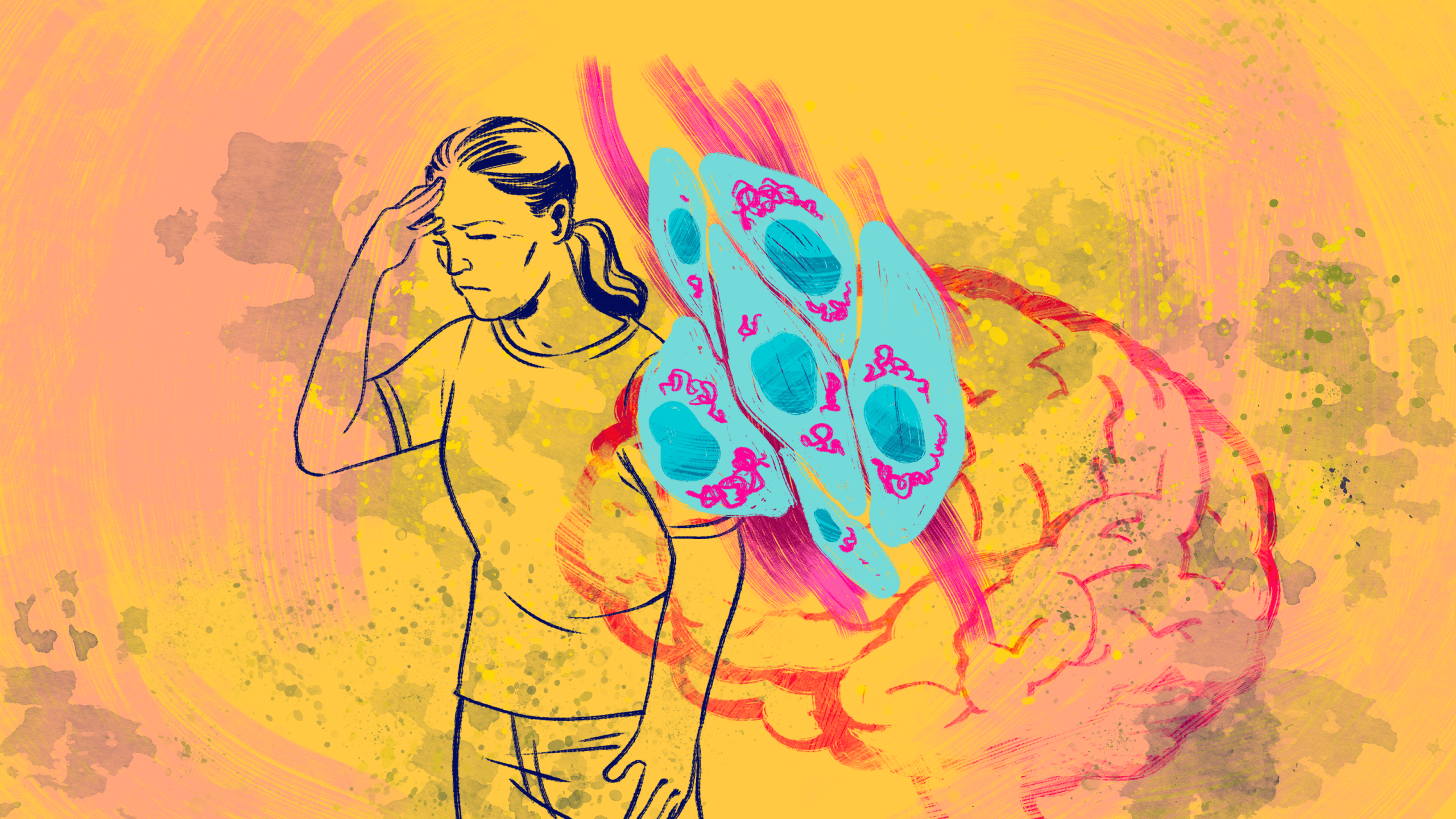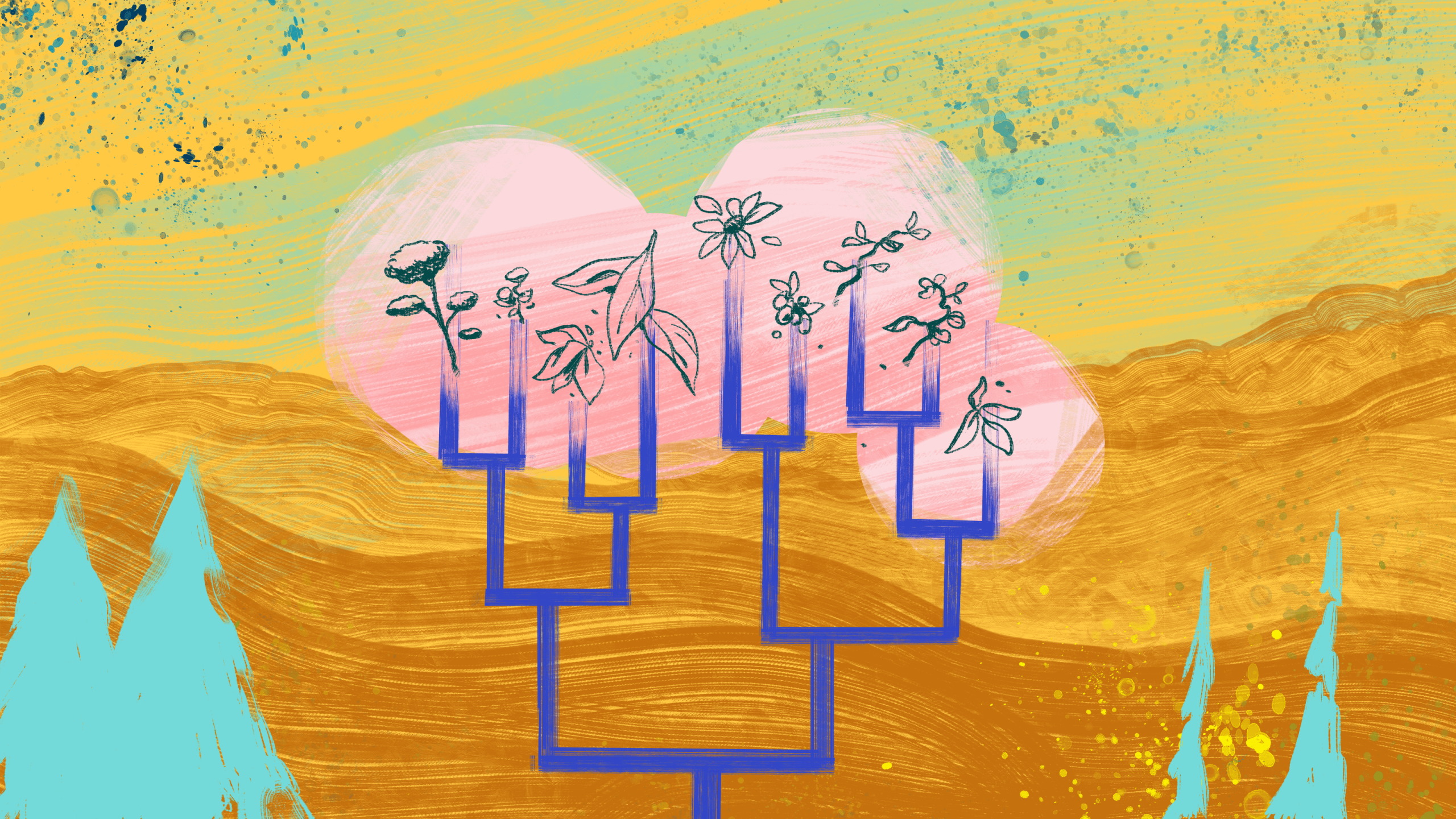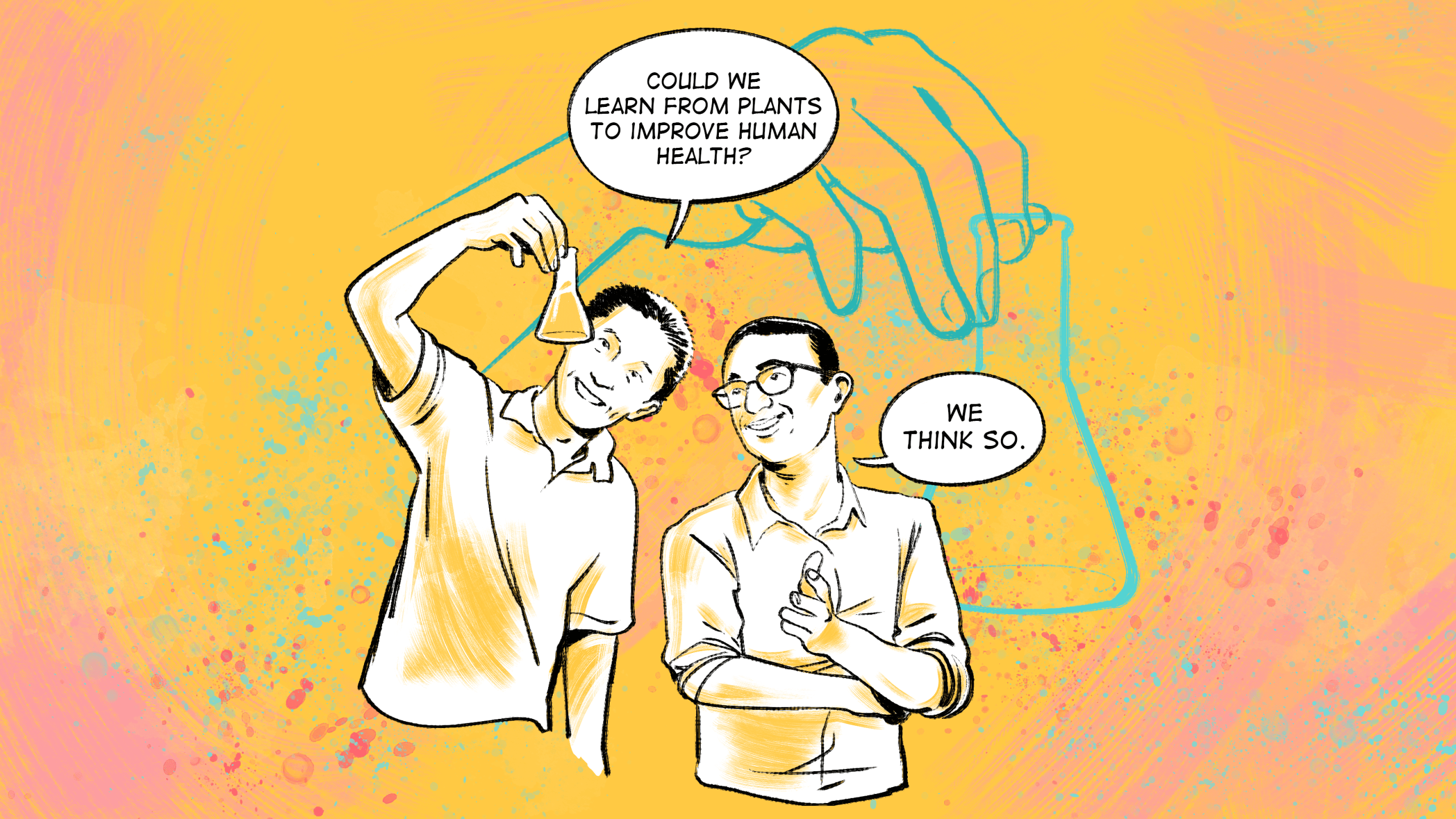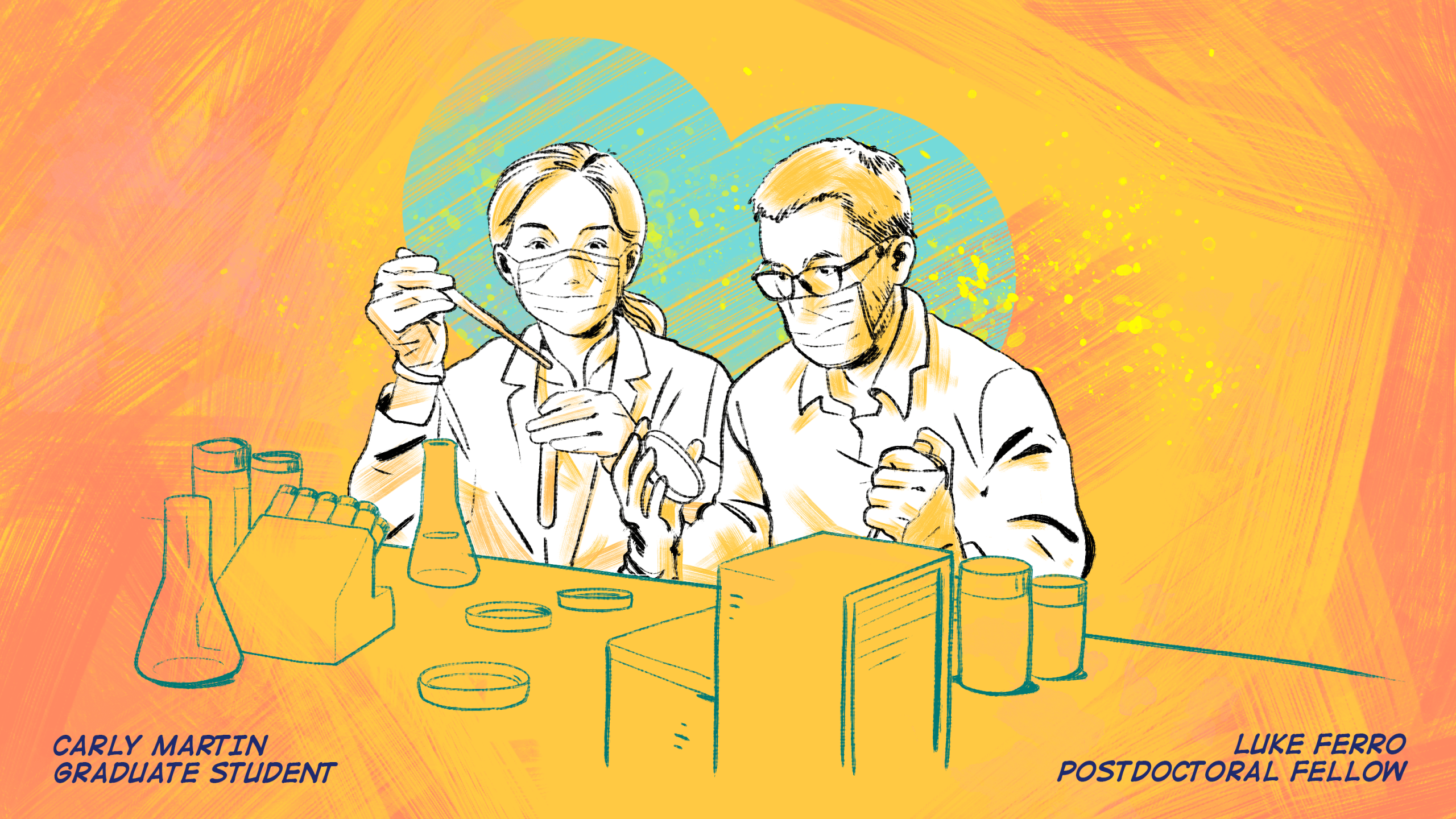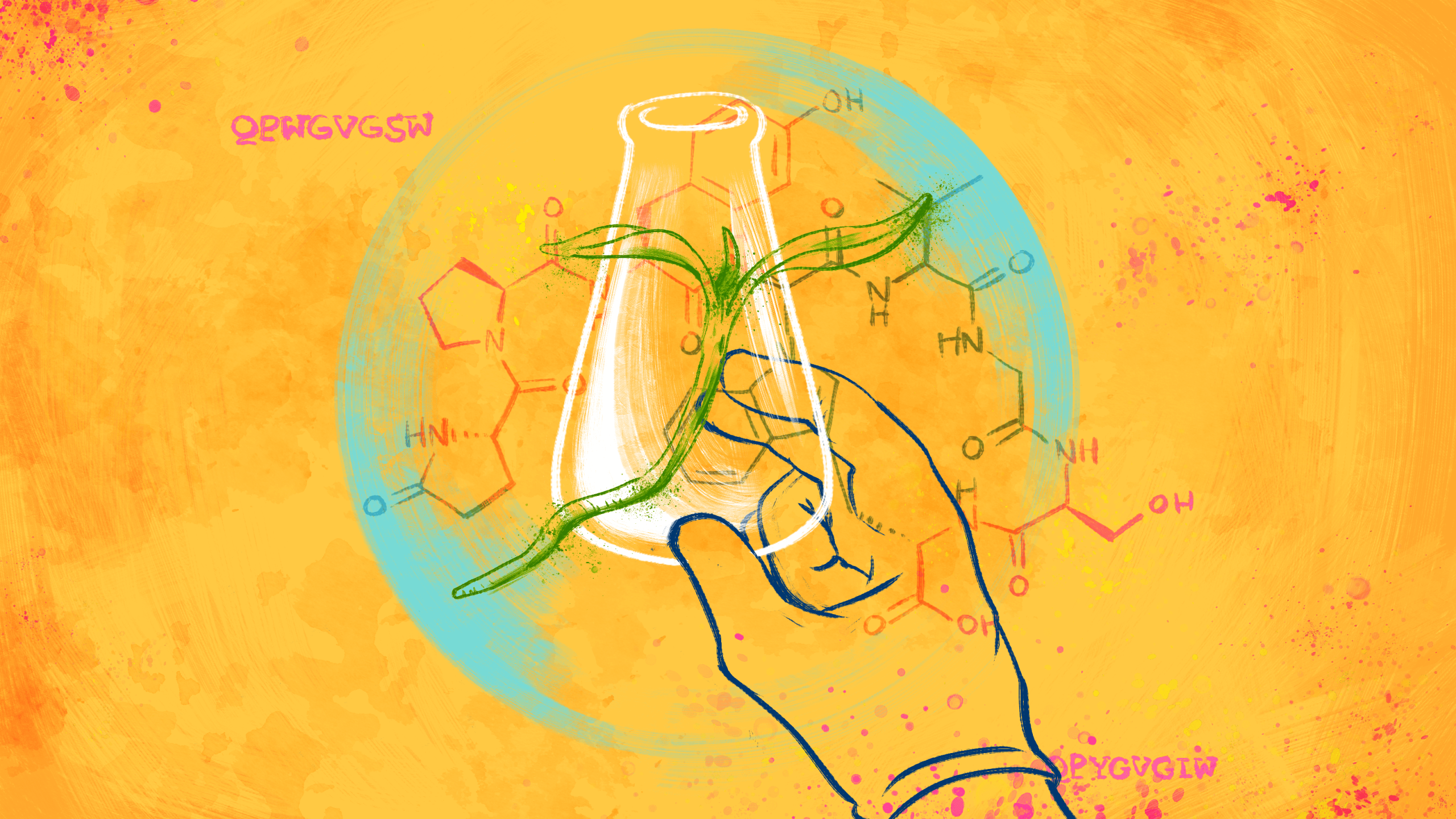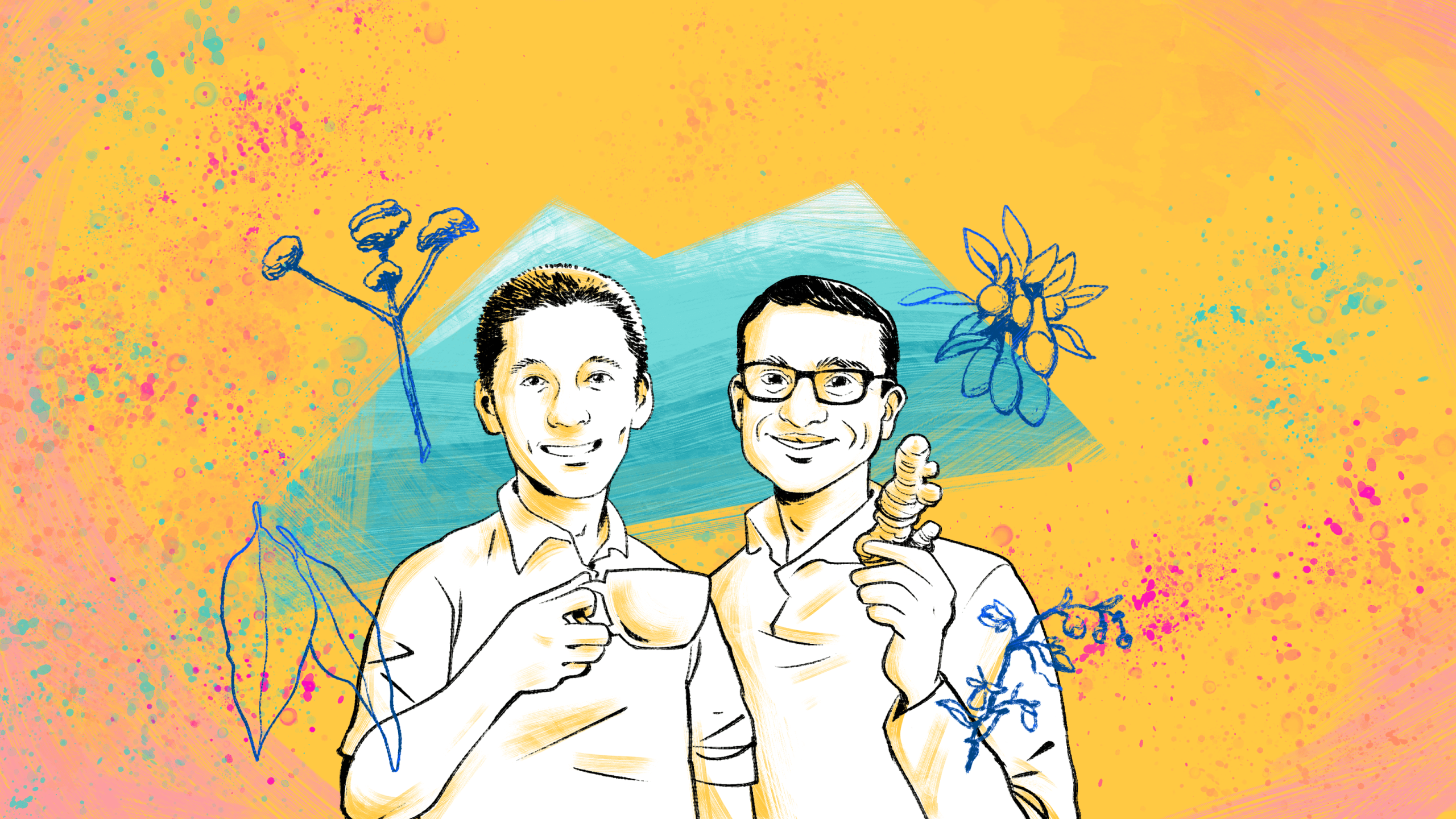
From Parkinson’s to Alzheimer’s, neurodegenerative diseases are on the rise — yet few therapies exist to combat them. That’s why the Collaborative Pairs program at CZI’s Neurodegeneration Challenge Network (NDCN) is bringing together scientists to explore new ideas and new approaches.
Jing-Ke Weng, an expert in plant evolution in MIT’s Department of Biology, might seem like a strange person to consult about human brain disease. But he has teamed up with MIT biology colleague Ankur Jain to find new ways to study and treat neurodegeneration by harnessing plant cells and the rich diversity of molecules those cells contain.
Learn more about how the NDCN empowers scientists to pursue bold ideas in order to accelerate the science of neurodegeneration — and ultimately, the path to treatments.
Also read: 2 Stanford researchers are using AI to see more in the brain
Keep Reading
Back to allWhen the work is personal: How a program associate builds resources for the rare disease community
Discover how Andra Stratton uses her personal and professional experiences to support the patient-led organizations improving the lives of people affected by...
Learn More
Crowdsourcing to solve problems in CryoET
The CZ Imaging Institute hosted a machine learning competition to streamline cryoET data analysis, and achieved milestones in the field along the way
Learn More
Exploring the ‘digital age of biology’ with CZI’s science technology team
Explore key takeaways from CZI’s recent science technology convening, where attendees discussed how advances in AI can uncover fundamental properties of...
Learn More
Stay up-to-date on the latest news, publications, competitions, and stories from CZ Biohub.
Cookies and JavaScript are required to access this form.






